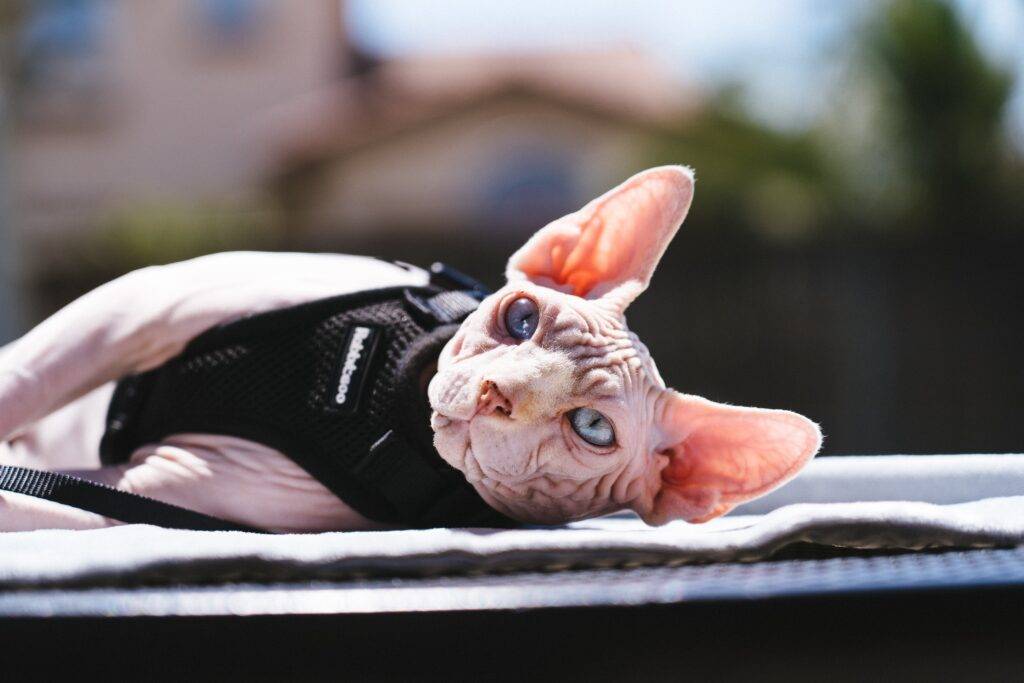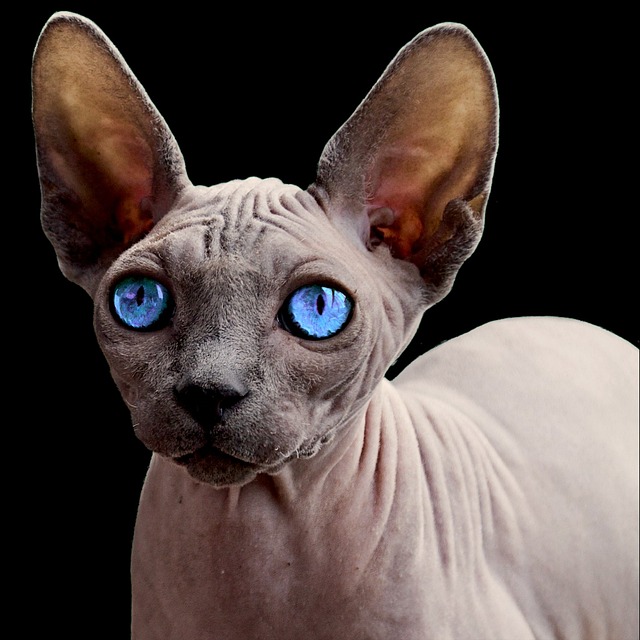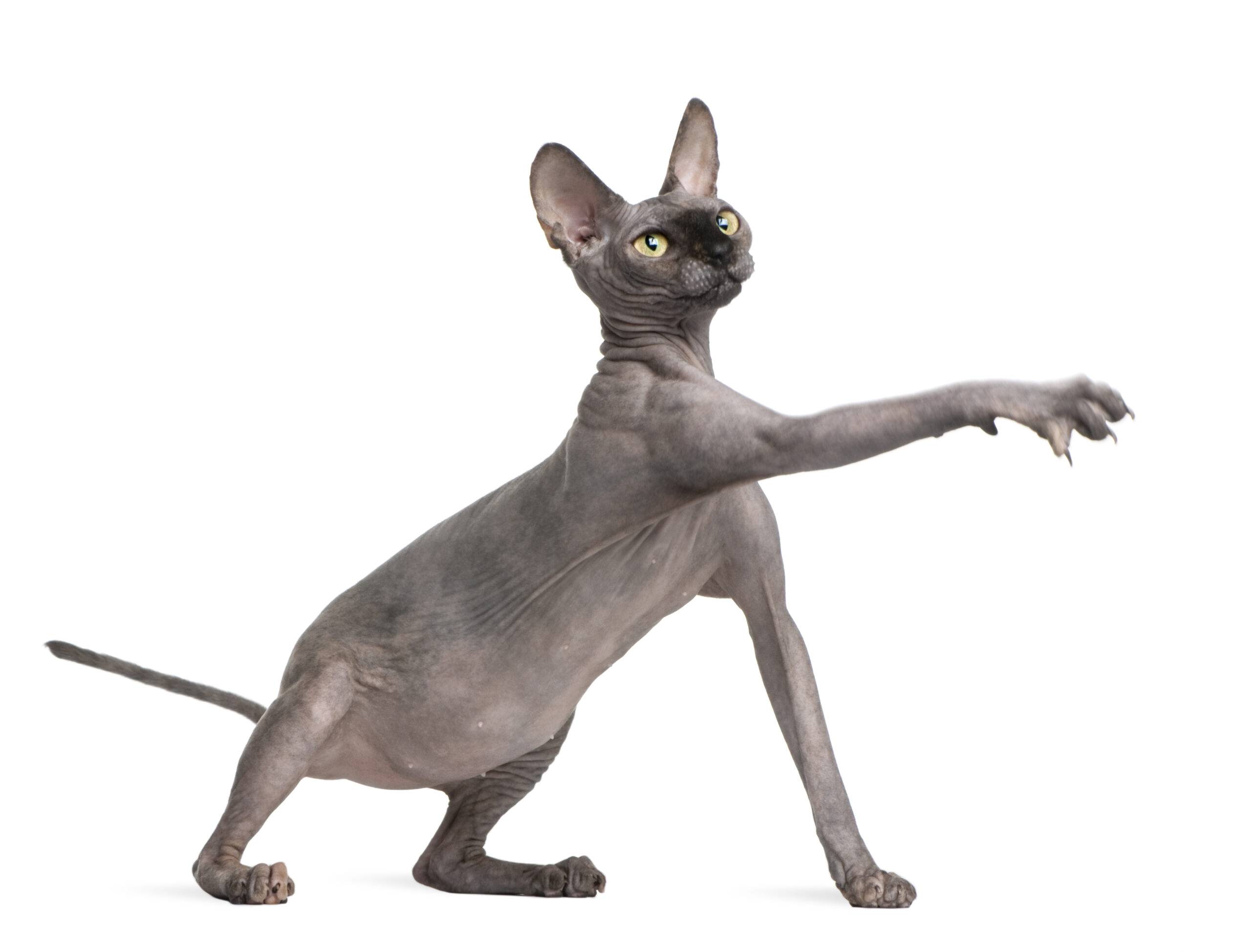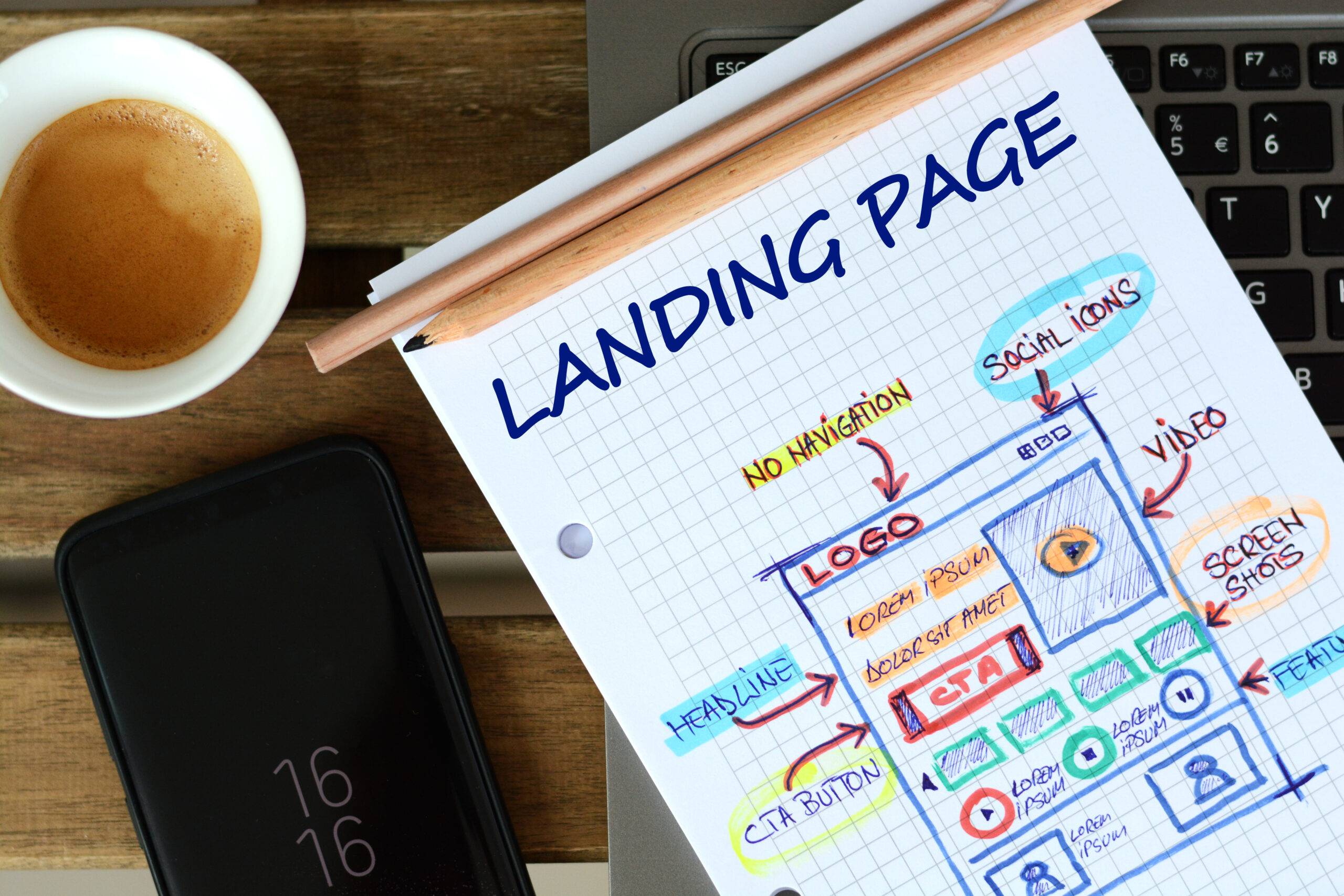scroll for more
Glad you asked. Hopefully it grabbed your attention and had you wondering, “What the heck with the cat picture?” It’s here to illustrate the power of a single image. A photo can be a powerful tool for storytelling, attracting attention, and increasing conversion. In a sea of stock images [insert our own admitted flaws] this clawing Sphynx cat image combined with the stellar headline moved your curiosity to a click.
✅ KPI increased!
Cover images impact the conversion of your CTR
It’s amazing how cover images impact the conversion of your CTR (click-thru-rate) for blog articles. The cover image is the first thing that people see when they come across your blog post, so they can make a big difference in whether or not they click on it. A good cover image can help to grab attention, make your blog post stand out, and increase the chances that people will read it.
Here are some tips for creating effective cover images for your blog articles:
- Use high-quality images. Your cover image should be clear, well-lit, and in focus. They need to be larger enough in size to fit the space in your landing page design but not too large that they negatively impact your page speed. A good size seems to be 800 x 800 for a square design and 1200 x 600 for a landscape shape.
- Use eye-catching colors and fonts. The colors and fonts you use on your cover image should be visually appealing and easy to read. Try to follow your brand guide to keep a consistent feel across all of your content.
- Keep it simple. A cluttered or busy cover image will be difficult to read and understand. Stick to a simple design that is easy to scan.
- Use a call to action. Tell people what you want them to do, such as “Continue Reading” or “Get the Details” or “Download Now.”
By following these tips, you can create cover images that will help you earn the click and bring more traffic to your blog articles.
Here are some additional tips for creating effective cover images:
- Use images that are relevant to your blog post topic. This will help to ensure that people who see your cover image are interested in what you have to say. By the way, this is not at all what we’ve chosen to do here in this article. The cats only purr-pose is to keep you entertained.
- Use images that are high-quality and visually appealing. This will help to make your cover image stand out from the crowd, and show a sense of your level of professionalism. If your photos seem “off brand” or too “stock” you may see more of a negative impact.
- Use images that are original and creative. Speaking of too “stock” – as best you can, use original images. This will help to make your content stand out and be more memorable.
- Test different cover images to see what works best. You can use a tool like Google Analytics to track the number of clicks each cover image gets.

You guessed it another adorable Sphynx photo
Increase Blog CTR by 95%
According to a study by HubSpot, blog articles with a stellar cover image can see an increase in CTR of up to 95%. If you want to increase the number of people who read your blog posts, you need to make sure they have high-quality, relevant, and visually appealing cover images.
Here are some additional statistics to support the importance of cover images in converting blog articles:
- A study by Buffer found that blog posts with images get 120% more shares on social media than those without.
- A study by Crazy Egg found that blog posts with images get 55% more clicks on call-to-action buttons than those without.
- A study by Kissmetrics found that blog posts with images get 94% more time spent on them than those without.
These statistics show that cover images can have a significant impact on the engagement and conversion rates of your blog posts. If you want to increase the number of people who read, share, and click on your blog posts, you need to make sure they have high-quality, relevant, and visually appealing cover images.
↑ A Tweet Option above ¯\_(ツ)_/¯ B Tweet Option below ↓
Gain 65% more shares
If you want to increase your metric on content shares – these marketing tips should guide you there. A study by Social Media Examiner found that blog posts with images receive 65% more shares than those without.
Have more images than just your attention-grabbing cover image. Keep the images rolling down the page. If you got their attention with a cool cat photo add more relevant images down the page to get the consumer to scroll and not be bored with 2000 words of seo-stuffed blah, blah, blah. Let’s face it – they’re here for the cat photos and you lost them by the second paragraph.


Best practices when using images in your article’s content
Be certain the images are relevant to the audience you’re trying to attract
You’ll want to reference your persona data to draw a visual conclusion of what your consumer looks like, what they prefer, what they enjoy, what they desire. When you approach image selection in this method you’ll see a higher conversion because your images will connect more with your intended audience.
As an example the reason we chose a cat photo for this article was based on this mass-audience data point:
According to a study by Google, there are an average of 92 million cat photos searched for online each day. This number has been steadily increasing in recent years, and it is expected to continue to grow in the future.
Boost SEO with great images
In a really cool 2-for-1 tactic you not only get a boost in CRO (conversion rate optimization) but you also get a boost in SEO (search engine optimization) when you use great images in your content.
Here are some additional benefits of using a stellar images for your blog articles:
- They can help to increase brand awareness.
- They can help to generate more leads and sales.
- They can help to educate your consumer on your USPs (Unique Selling Proposition).
- They can help build trust by having a polished or professional appearance.
- They can help the consumer self-identify and relate to your offering or brand.
- They can help to create a more engaging and visually appealing blog.
If you are looking to improve the Click-Thru-Rate (CTR) of your blog articles, then use a stellar cover image (and a stellar headline) and continue the magic down the blog article by giving the consumer even more awesome imagery.

Those eyes!
Where to find great (Free) images for your blog
There are many great places to find images for your blog. Here are a few of my favorites:
- Unsplash. Unsplash is a website that offers free, high-quality images that you can use for any purpose, including commercial use.
- Pexels. Pexels is another website that offers free, high-quality images.
- Pixabay. Pixabay is a website that offers free, high-quality images that are released under the Creative Commons CC0 license, which means you can use them for any purpose, even commercially, without attribution.
- FreeImages. FreeImages is a website that offers free, high-quality images that are released under the Creative Commons Zero (CC0) license, which means you can use them for any purpose, even commercially, without attribution.
Paid options
- StockSnap. StockSnap is a website that offers some free but mostely high-quality images for a one-time fee of $10 per image.
- Shutterstock. Shutterstock is a website that offers a wide variety of high-quality images, videos, and music for a subscription fee.
When choosing images for your blog, it is important to consider the following factors:
- Relevance. The images you choose should be relevant to the topic of your blog post.
- Quality. The images should be high-quality and visually appealing.
- License. Make sure you understand the license of the image before you use it. Some images may require attribution, while others may not.
When are original images better?
Original images are better for SEO in a number of ways. First, they are more likely to be unique, which can help your website rank higher in search results. Second, they can provide more information to search engines, which can also help your website rank higher. Third, they can help to improve the user experience, which can lead to more time spent on your website and more pages visited.
Here are some specific examples of how original images can improve SEO:
- Uniqueness: When you use original images, you are less likely to be competing with other websites for the same search results. This is because original images are unique to your website and cannot be found on any other website.
- Information: Original images can provide more information to search engines than stock images. This is because you can add your own captions and descriptions to original images, which can help search engines understand what the image is about.
- User experience: Original images can improve the user experience of your website. This is because original images are more likely to be relevant to the content of your website and can help to break up text and make your website more visually appealing. Your same stock image can be used on your competitor’s ads or landing pages. So keep yours as unique and original as possible.
When should you opt for stock images?
Sometimes you just don’t have your own high-quality, relevant images. When you don’t have great original images, lean on stock images for a time – that’s okay. there’s still a way to leverage stock images to boost CTR (click-thru-rate). Be sure to follow best practices with SEO for all your images – original or stock.

Meet Dash – our original photo from our Local SEO Expert Bernardeta Taylor.
Here are some SEO tips for your images:
- Make sure the images are high-quality and relevant to the content of your website.
- Optimize your image size to be the smallest size possible to ensure a faster page speed.
- Add captions and descriptions to the images that provide more information about what the image is actually showing.
- Optimize the images for SEO by using relevant keywords in the file names, captions, and descriptions.
- Use original images throughout your website, including on your homepage, blog posts, and product pages.


